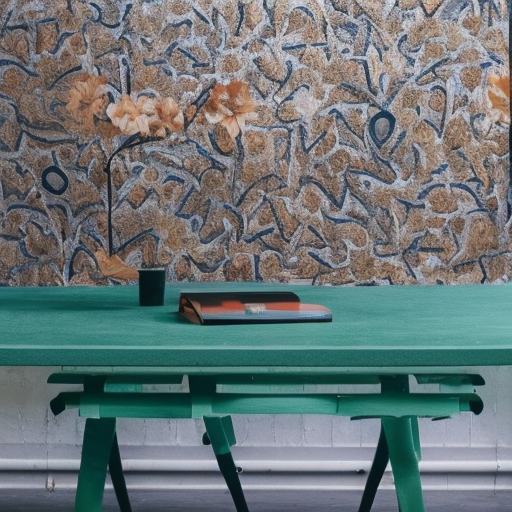Summary:
Creative non-fiction is a genre of writing that combines elements of fiction and non-fiction to create a compelling and engaging narrative. It allows writers to use their imagination and storytelling skills to explore real-life events, experiences, and people. Creative non-fiction can take many forms, including personal essays, memoirs, travel writing, and literary journalism. It offers a unique way to convey truth and meaning, blurring the lines between fact and fiction.
What is Creative Non-Fiction?
Creative non-fiction is a genre that encompasses a wide range of writing styles and techniques. It is often characterized by its use of literary devices, such as dialogue, vivid descriptions, and narrative structure, to tell true stories in a compelling and engaging manner. Unlike traditional non-fiction, which focuses on presenting facts and information, creative non-fiction allows writers to explore their subject matter in a more subjective and imaginative way.
Forms of Creative Non-Fiction
There are several forms of creative non-fiction, each with its own unique characteristics and purposes. Personal essays are a popular form of creative non-fiction, allowing writers to reflect on their own experiences and insights. Memoirs, on the other hand, focus on a specific period or event in a person’s life, providing a deeper exploration of their thoughts and emotions. Travel writing combines personal experiences with descriptions of different cultures and places, while literary journalism uses narrative techniques to report on real-life events and issues.
The Role of Imagination in Creative Non-Fiction
One of the defining features of creative non-fiction is the use of imagination to enhance the storytelling. While the events and characters in creative non-fiction are based on real-life, writers are allowed to fill in gaps, recreate dialogue, and imagine the inner thoughts and emotions of the people involved. This imaginative element adds depth and richness to the narrative, making it more engaging for the reader.
The Blurring of Fact and Fiction
Creative non-fiction blurs the lines between fact and fiction, challenging the notion of objective truth. Writers often use literary techniques, such as symbolism, metaphor, and narrative structure, to convey deeper meanings and truths that may not be apparent in a straightforward presentation of facts. This blending of fact and fiction allows for a more nuanced and subjective exploration of the subject matter.
The Importance of Truth in Creative Non-Fiction
While creative non-fiction allows for imaginative storytelling, it is still grounded in truth. Writers are expected to adhere to the principles of accuracy and honesty, even as they employ literary techniques to enhance the narrative. Creative non-fiction is not about inventing facts or distorting reality, but rather about using creativity to illuminate and explore the truth in a more engaging and meaningful way.
The Impact of Creative Non-Fiction
Creative non-fiction has had a significant impact on the literary world, offering a fresh and innovative approach to storytelling. It allows writers to tackle complex and personal subjects in a way that resonates with readers on an emotional level. Creative non-fiction has the power to inspire, challenge, and provoke thought, offering a unique perspective on the world and the human experience.
In conclusion, creative non-fiction is a genre that combines elements of fiction and non-fiction to create a compelling and engaging narrative. It allows writers to use their imagination and storytelling skills to explore real-life events, experiences, and people. With its emphasis on subjective truth and imaginative storytelling, creative non-fiction offers a unique way to convey meaning and connect with readers.












